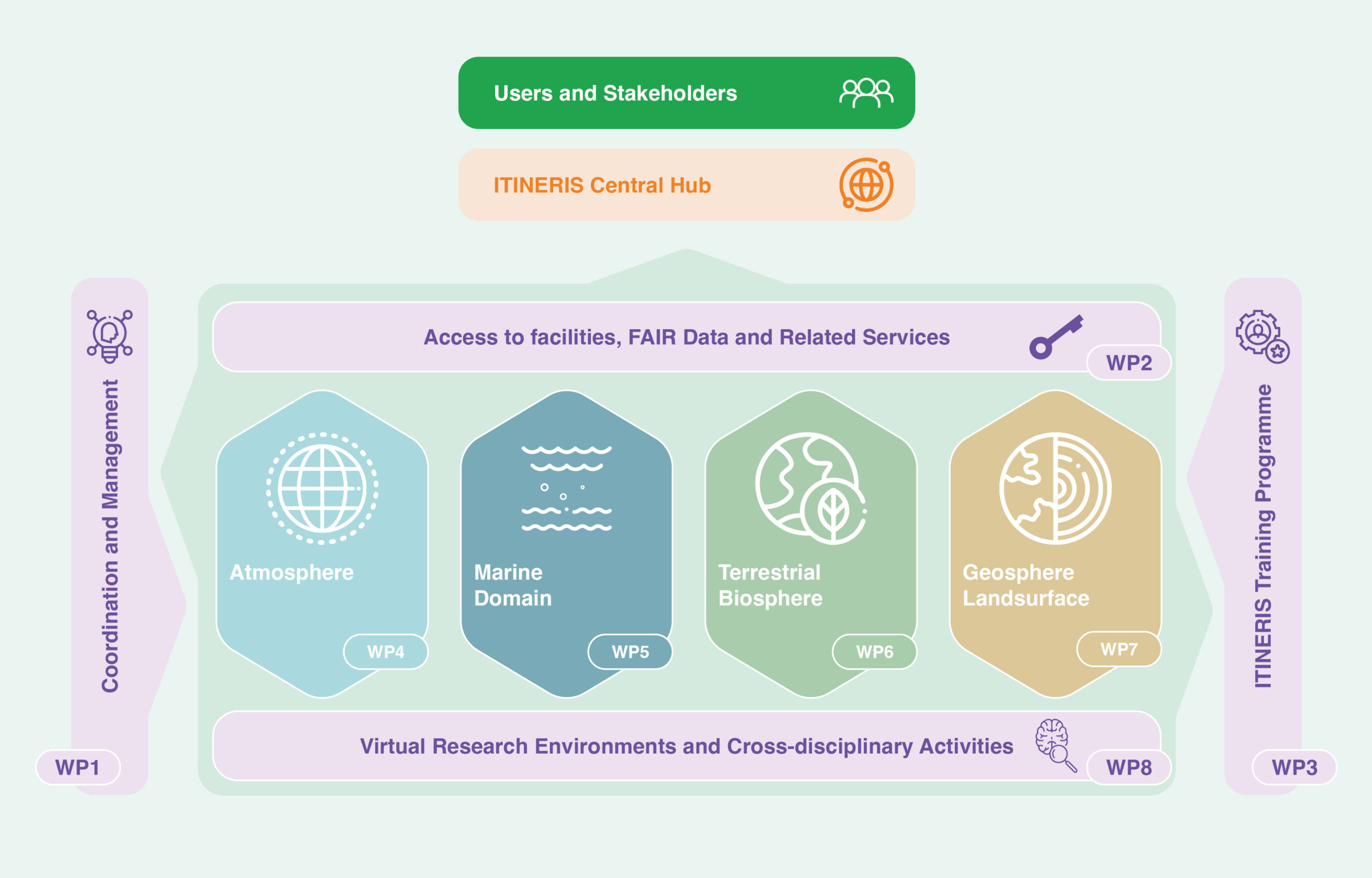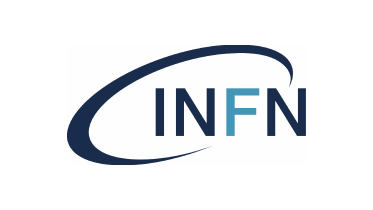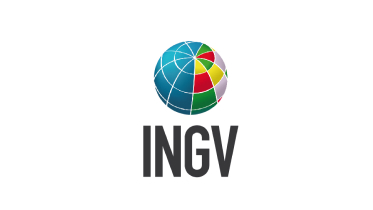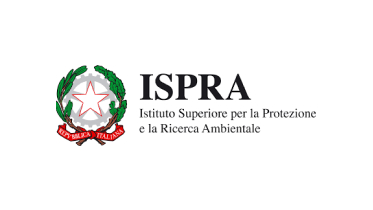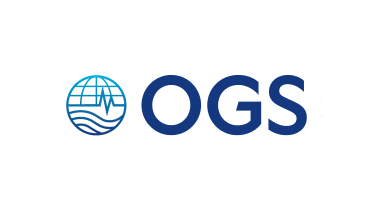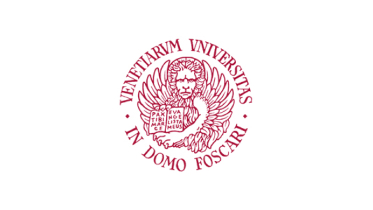The Project
ITINERIS -Italian Integrated Environmental Research Infrastructures System is a project funded by EU – Next Generation EU PNRR- Mission 4 “Education and Research” – Component 2: “From research to business” – Investment 3.1: “Fund for the realisation of an integrated system of research and innovation infrastructures”.
The project is coordinated by the CNR (National Research Council). It started in November 2022, and during 30 (+6) months will carry out an ensemble of cross-disciplinary actions across the different environmental sub-domains, with the main aim to build the network of the Italian environmental Research Infrastructures, connect it to the user community and establish access, trough the ITINERIS HUB, to the vast array of knowledge, data, analytical tools, and service produced by the participating RIs.
Project at a glance

€ 155M
INVESTMENT

7
PARTNERS
39
OPERATING UNITS

75
INTERMEDIATE OBJECTIVES
208
DELIVERABLE

8
WORK PACKAGES
89
ACTIVITIES
The project is articulated in eight Work Packages (WPs), each structured into multiple activities aimed at achieving specific intermediate objectives and delivering planned outcomes.
Four vertical WPs focus on the key environmental subdomains: atmosphere (WP4), marine domain (WP5), terrestrial biosphere (WP6), and geosphere (WP7). Within these WPs, the participating Research Infrastructures (RIs) collaborate to harmonize development, ensure interoperability, and standardize methods. WP8 serves as a horizontal, cross-sectorial WP, leveraging capacities developed in WP4-WP7 to foster a cross-disciplinary approach via Virtual Research Environments. WP2 establishes the ITINERIS HUB, serving as a singular access point to comprehensive resources provided by participating RIs, while WP3 develops the ITINERIS Training Programme, coordinating training plans and producing training materials. Finally, WP1 is dedicated to overseeing overall project coordination and management, ensuring alignment with objectives and efficient execution across all activities.
A schematic of the WP interconnections is reported in the figure below.
